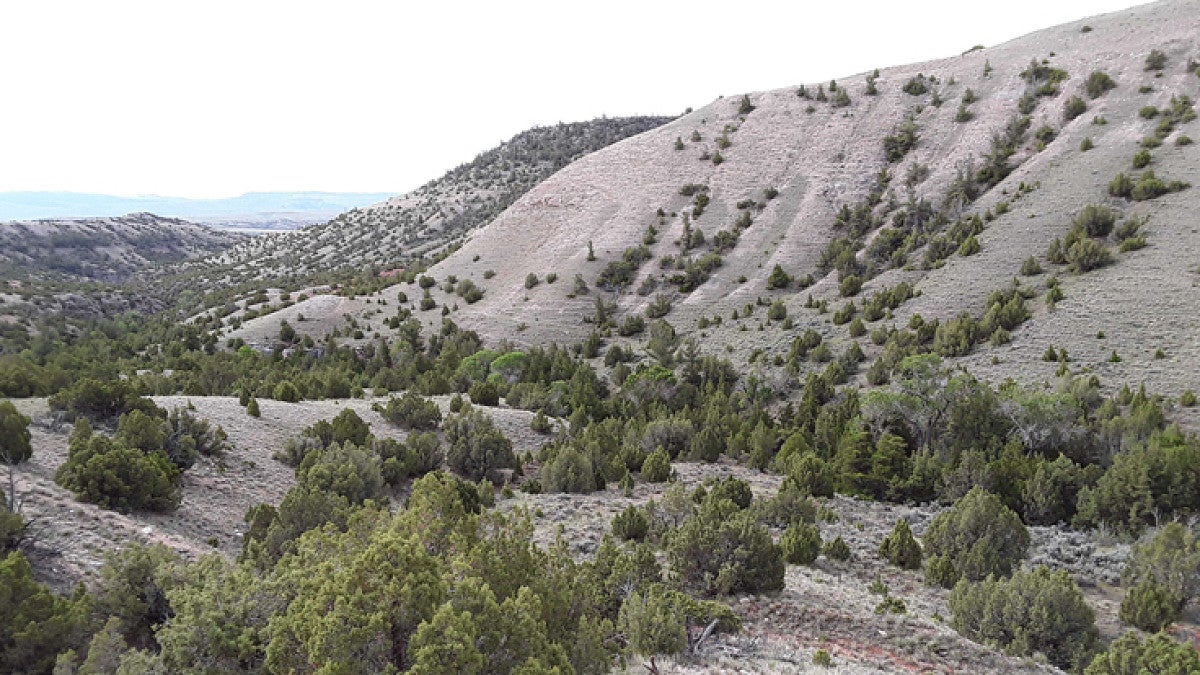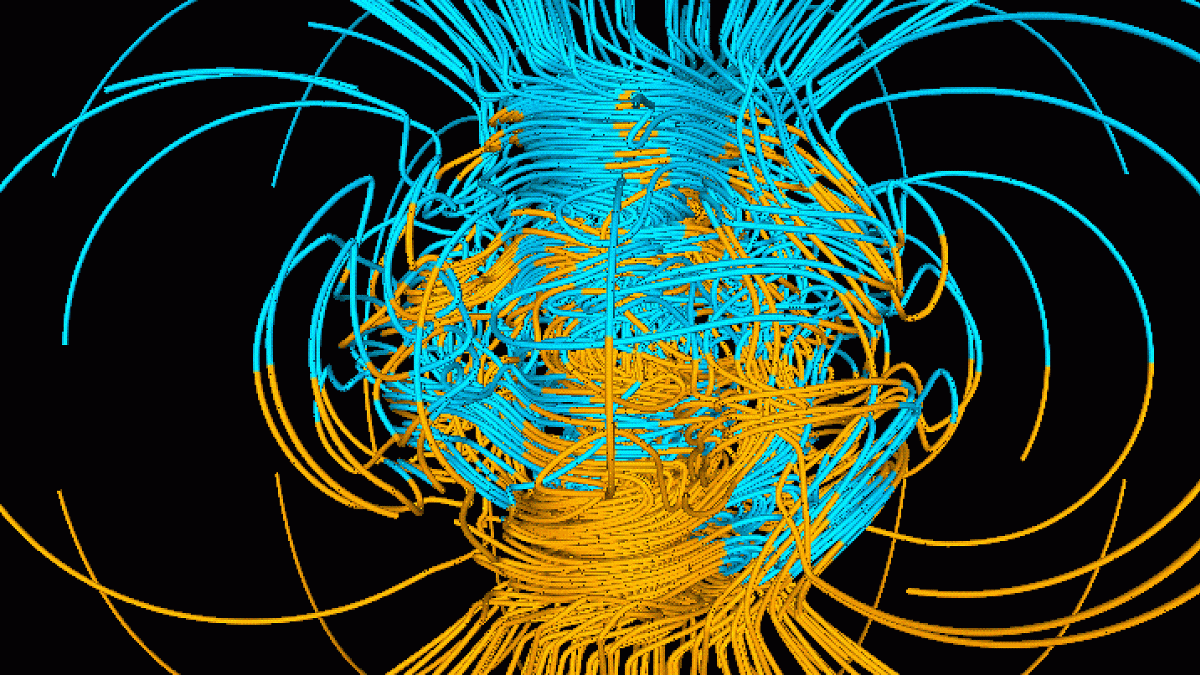Enjoying small class sizes and ample opportunities for undergraduate research experiences, Earth sciences majors choose from four tracks: Geology, Environmental Geoscience, Geophysics, or Paleontology. Graduate students may pursue independent research in geobiology, geochemistry, geodesy, geomechanics, geomorphology, geophysics, mineralogy, petrology, volcanology, paleontology, stratigraphy, sedimentary petrology, structural geology, and ore deposit geology.
Explore Earth Science Courses
The Earth sciences department offers two introductory sequences. The recommended sequence for majors is Dynamic Planet Earth (ERTH 201), Earth’s Surface and Environment (ERTH 202), History of Life (ERTH 203). The 100-level sequence—Exploring Planet Earth (ERTH 101), Exploring Earth’s Environment (ERTH 102), Exploring Earth History (ERTH 103)—may be substituted if the three courses are passed with grades of mid-B or better.
The University of Oregon course catalog offers degree plans and a complete list of courses in the Earth sciences. Course offerings and schedule information for current and upcoming terms are found in the UO Class Schedule. Select the academic term you would like to view and choose "ERTH" for the "Subject" field.
Eighteen Earth sciences courses satisfy university science group requirements. See the Core Education Courses section of the catalog.
Featured Courses

ERTH 213 Geology of National Parks
Examines selected geologic features in United States national parks/monuments and the processes that form them within a historical approach to the development of the North American continent. Focuses on parks and monuments throughout the conterminous 48 states.

ERTH 305 Dinosaurs
This course covers the evolution, occurrence, and variety of animals classified within the Dinosauria and the changing climate and vegetation during their time. Students will discuss dinosaur video depiction in popular culture and will assess the accuracy of those representations.

ERTH 423M Introduction to Space Physics
Course explores the interaction of the solar wind with the Earth's magnetosphere using fundamental plasma physics supported and motivated by spacecraft observations. Students will gain an understanding of the physics governing the interaction building from single particle plasma motion to specific observation supported examples.
Grading Criteria for Earth Science Courses
Undergraduate majors must take all courses required in their degree program for letter grades. The pass/no pass option will not be accepted. Required courses must be completed with grades of C– or better, with exceptions for honors students.
A+ — Only used in rare cases when a student’s performance and grasp of material significantly exceeds all requirements and expectations for the course.
A — Student demonstrates excellent grasp of material and strong performance across the board, or exceptional performance in one aspect of the course offsetting somewhat less strong performance in another.
B — Student demonstrates good grasp of material and good performance on most components of the course.
C — Student demonstrates adequate grasp of material and/or performance on significant aspects of the course, with some deficiencies.
D — Quality of performance is at the minimal level necessary to pass the course, does not fully meet the course requirements. Subpar grasp of material on significant aspects of the course.
F — Quality of performance does not meet the course requirements; unacceptable grasp of material and/or performance on significant aspects of the course.

